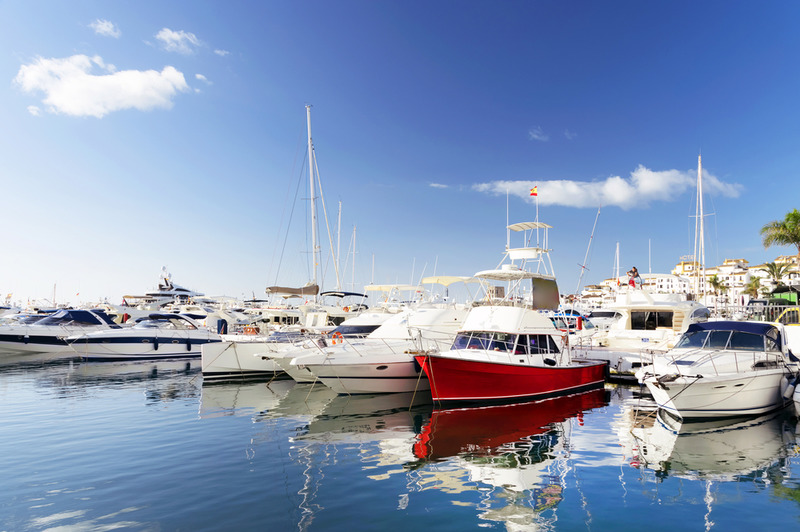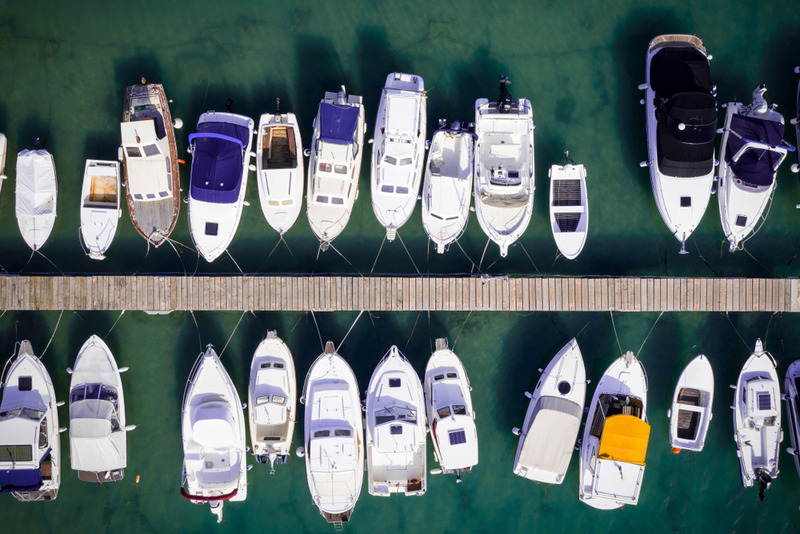Before you get set to submit the information for vessel registration to your boat in Canada, there are some things that you need to be aware of so you are less likely to have issues with your application and cause further delays in the process. Familiarizing yourself with the paperwork is always a good idea so that you can learn what information is required of you to fill out the application. On the new registration form, you will see that you need to supply the tonnage of your ship. Knowing what this is and how you can calculate the tonnage measurements of your vessel will help you complete the form correctly and promptly.
The Importance of Tonnage Classification
When you own a commercial or pleasure vessel, the tonnage of your ship is important for you to know. The tonnage refers to the amount of available cargo space you may have on your vessel. Knowing this information allows you to see how much storage space you will have to transport goods from one place to another, which can be a potentially vital piece of your business. In Canada, there are different classifications of vessels based on tonnage, so being aware of how much you have makes a difference on what class your vessel falls under and the registration process you have to follow. Be sure to read about the different classifications so that you are sure you get the information right on the first try.

Methods for Calculating Tonnage
You can use different methods to calculate the tonnage measurements of your vessel depending on the size of the ship. If your boat is no more than twelve meters in length, you may use the Assigned Formal Tonnage. This method will be much easier for you since you will not have to perform any calculations yourself. If the vessel is less than 15 meters and does not have more than a single tier of deckhouses and or superstructures you may proceed using a simplified measurement form. Monohull vessels up to and including 15 metres tonnage measurement length (TML) – use Form 4A Simplified Method of Tonnage Measurement. “Monohull vessel” means a vessel having not more than a single tier of deckhouses and/or superstructures (including breaks that are also being regarded as one tier of superstructures) whose total combined length does not exceed 70% of TML to be measured.
Simple multihull vessels up to and including 15 metres tonnage measurement length (TML) – use Form 4B Tonnage Measurement of a Simple Multihull Vessel. “Simple multihull vessel” means a flat platform installed on two or more pontoons.
However, for larger ships that are more than 15 meters or have more than a single tier of deckhouses and or superstructures, you will have to have the vessel measured by a duly appointed tonnage measurer. You will need to make an appointment with the duly appointed tonnage measurer to get this performed.
Tonnage and Filing for Registration
At the National Vessel Registry Center Corp., we give you access to all the registration forms you may need on our website so you can properly fill out the forms and send them to us quickly. Our experts will check to make sure your information is accurate and that you have the tonnage data needed, and we can then pass on the forms to Transport Canada on your behalf for processing. With our help, the registration process will be absolutely seamless for you, and you will not have to deal with mistakes that can create unnecessary delays in getting the registration you need. With our help, you can get your business started without any problems.

